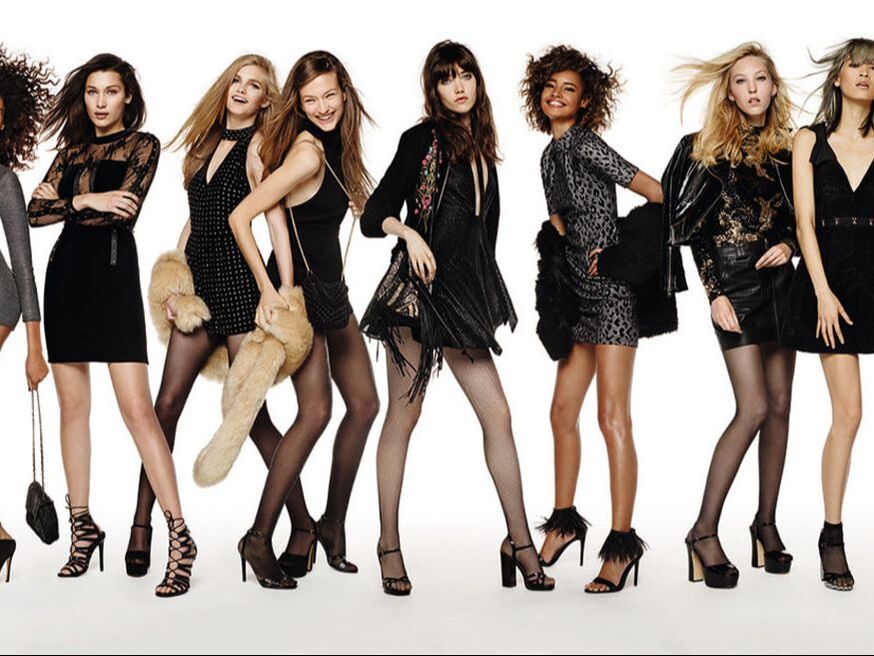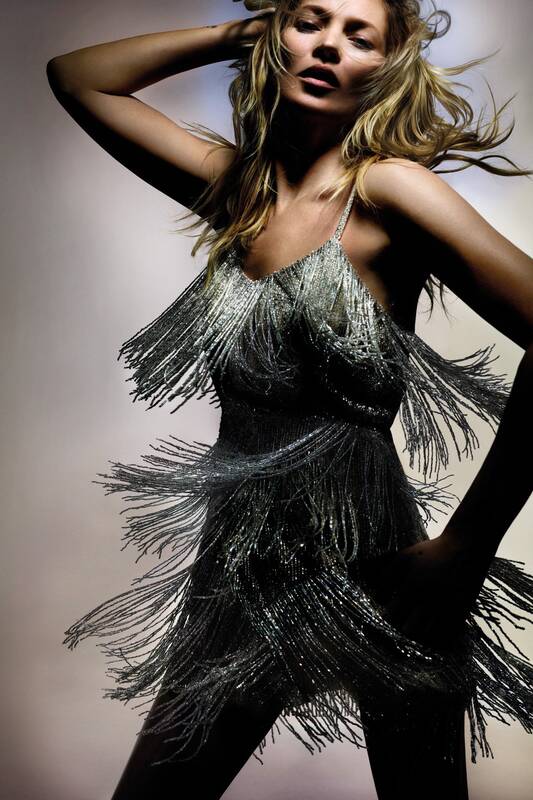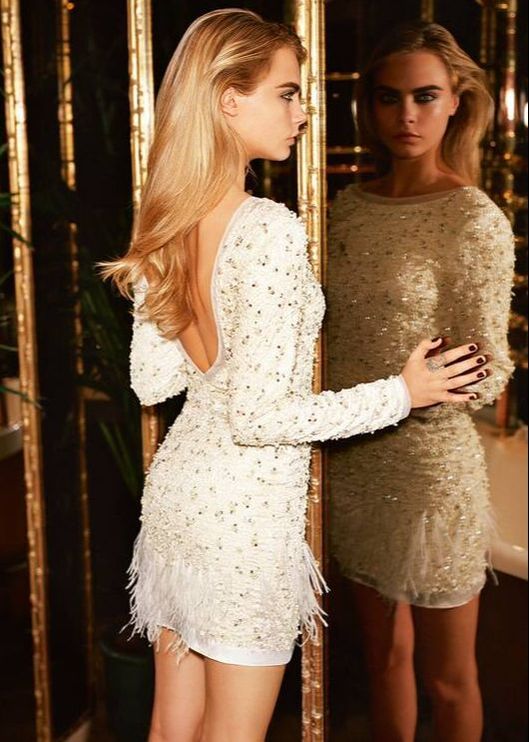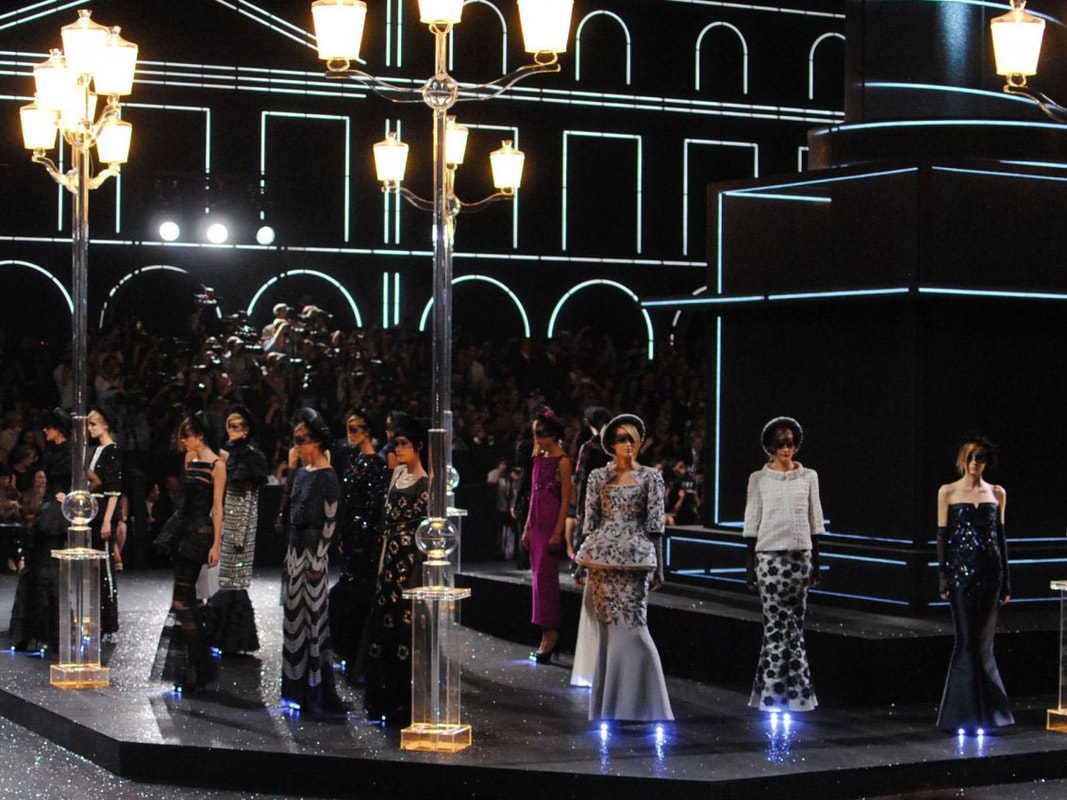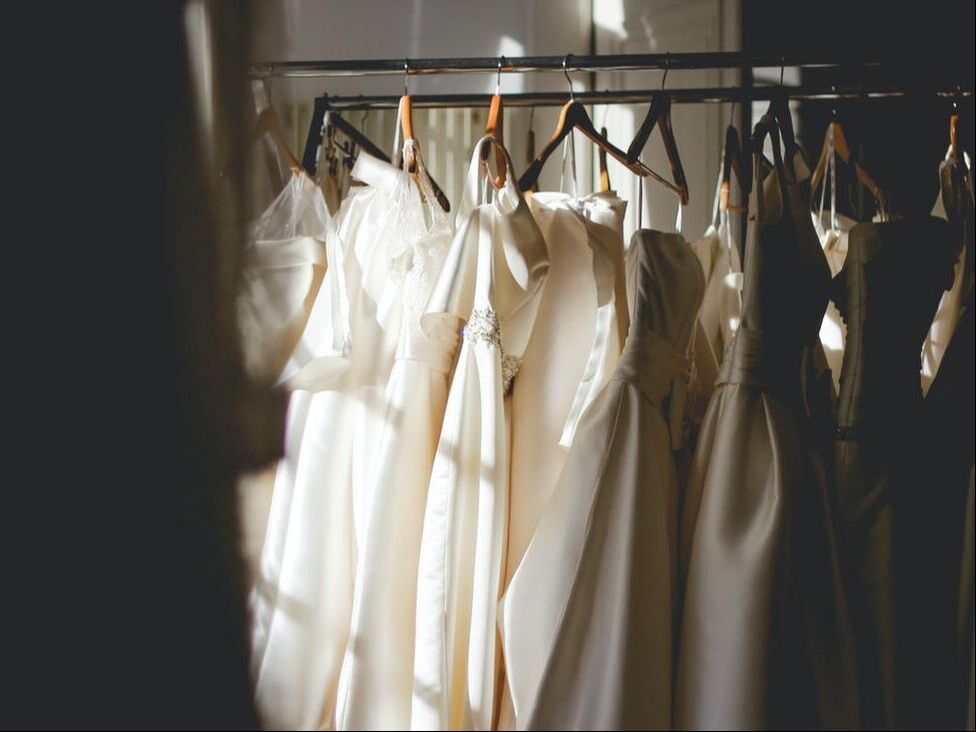|
As its future hangs in the balance, we look back at the impact this high street heavyweight has had on the industry at large There was a time, not too long ago, when the term fast fashion didn’t come with all connotations of ethical and environmental bankruptcy it does now. This was before Boohoo, Missguided, Pretty Little Thing et al arrived on the scene with their 99p bikinis and £3 dresses. A time before next day delivery when, if you wanted new clothes, you had to actually stand in a shop and buy them. A time, in fact, when a Saturday afternoon spent browsing the racks was as much a part of the going out experience as actually going out. And if you were young, fashion conscious and had about £50 to spend, you were going to Topshop. The secret sauce that made Topshop the most covetable label on the high street? Instead of competing with its shopping centre neighbours, it positioned itself as a high fashion player. When it joined the London Fashion Week schedule in 2005, it became the hottest ticket of the season, with a front row that regularly outshone its designer counterparts. Its campaigns were akin to Vogue editorials (and regularly featured the same photographers and models). The return on all this expenditure? Loyal customers that came back time and again because they could feasibly pick up a piece that had walked a real fashion week runway for less than £100. But, with its parent company Arcadia in administration, its flagship Oxford Street store up for sale and most former fans agreeing that the shine has somewhat worn off the Topshop brand over the last few years, it seems the empire may finally be crumbling. So where did it all go wrong, and what will the lasting impact of this retail behemoth be? The success of Topshop is often attributed to Philip Green, the controversial businessman who bought the Arcadia Group in 2002, but, in truth, the brand’s star was already in ascendance when he took over thanks to the work of Jane Shepherdson. Topshop had been around in one form or another since 1964, directly targetting a youth market selling clothes by Mary Quant and Stirling Cooper, but it wasn’t until Shepherson joined as brand director in 1999 that Topshop really found its footing. Yes, the clothes became better - Shepherdson’s reputation for good taste is practically legendary among fashion circles and she had a canny ability to spot the best new graduate fashion talent and lure them to Topshop before they could be snapped up by high end houses. But Shepherdson’s real genius was in turning Topshop into a new kind of shopping experience altogether. As Jess Cartner-Morley explains in The Guardian, “Shepherdson created at Topshop the kind of brand that had never before existed. Until then, high street fashion had tended to fall into two generational camps. There were sensible skirts-and-blouses for grownups, and then there was “youth” fashion – basic denim, brightly coloured T-shirts, generically skimpy party dresses, cheap rip-offs of catwalk silhouettes.” Suddenly, in Topshop, there was a high street store that was so much more. Topshop, with its blow dry bars, in-house stylists and live DJs at the weekend, was a destination. Shoppers at its mammoth Oxford Street store could (and would) spend hours wandering its 90,000 square feet space filling baskets with covetable, catwalk-inspired items that, crucially, didn’t break the bank and wouldn’t lose their appeal after one wear. Within six years Shepherdson had accelerated Topshop’s annual profit from £9 million to £110 million.
And, while H&M may now hold the crown for most buzzed about designer collaborations, it was the success of the Kate Moss x Topshop line that really kicked things off. The model continued to collaborate with Topshop until 2014 while names including Christopher Kane, Mary Katrantzou, Meadham Kirchhoff, Richard Nicoll and Jonathan Saunders have all created collections for the brand. Giving the designers free rein to stamp their own style on Topshop’s production process, these collections brought young fashion fans closer than ever to the catwalk pieces they coveted. ***
Topshop may yet live on. It is certainly the most covetable of the Arcadia brands and one hopes, if for nothing else then for the jobs of the thousands of people it employs, that it finds a buyer. There’s also no denying, however, that it’s going to take time, money and more than a starry new creative director to turn the brand around. However, what also remains true is that, without Topshop, the British high street and fashion industry at large simply wouldn’t be the same. So next time you see Rosie Huntington-Whiteley modelling for Marks & Spencer or treat yourself to a cappuccino while you’re browsing & Other Stories, take a minute to remember: it all started with Topshop. Comments are closed.
|
|
Search by typing & pressing enter

